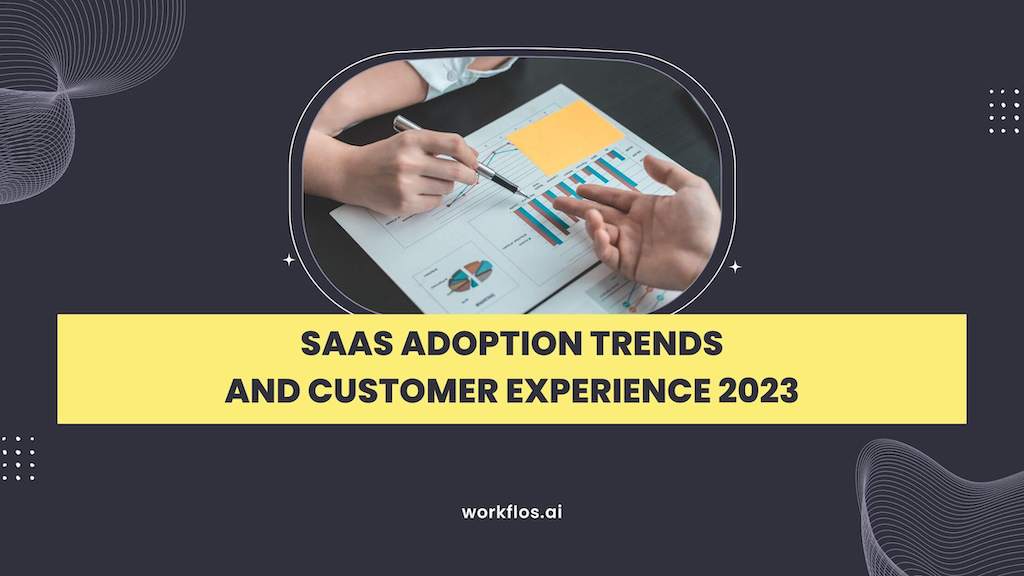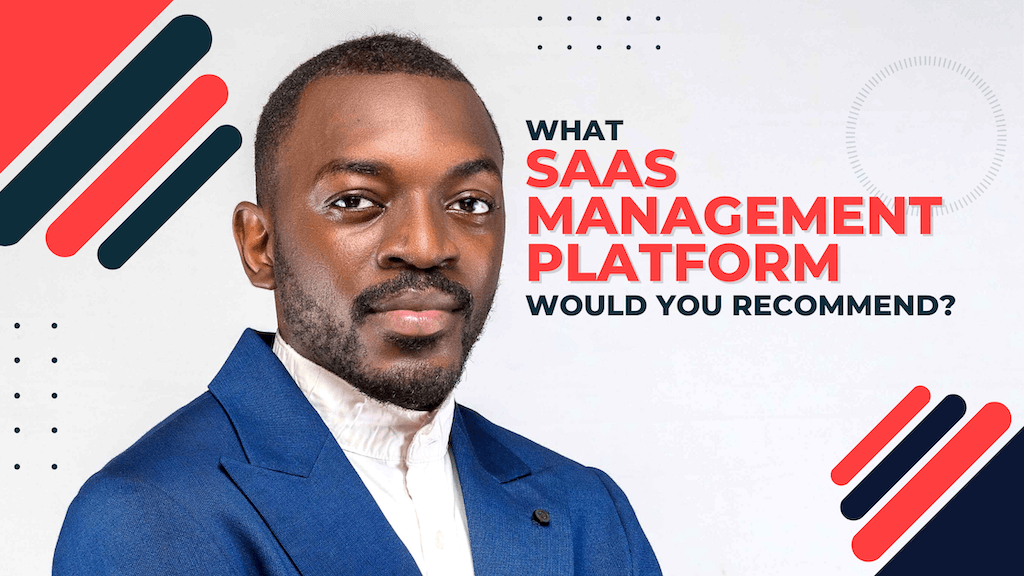
Introduction
The software-as-a-service (SaaS) model is now the most important delivery model for software, and the next five years will see an explosion in the use of cloud services. SaaS adoption is accelerating thanks to innovations like containers and immutable servers, which make it easier for businesses to adopt new technologies like microservices. Meanwhile, managed services are becoming a more important component of the SaaS stack as they help businesses manage their diverse cloud environments without adding unnecessary complexity to their IT operations.
SaaS Adoption Trends
Cloud computing is the future of IT, and SaaS is the most important software delivery model for small- and medium-sized businesses. Cloud services are becoming more productized and scaleable, which has made it easier for customers to adopt cloud technologies.
Cloud computing has been around since the early 2000s but didn’t really start taking off until 2015 when enterprises started moving critical workloads into public clouds such as Amazon Web Services (AWS) or Microsoft Azure. This was followed by an explosion in containerization technology that enabled organizations to deploy containers at scale with minimal effort, making it even easier for companies to move their applications into public clouds.
SaaS Adoption Is Accelerating
SaaS adoption is accelerating.
The SaaS market is growing at a faster rate than traditional software deployment, and it’s expected to continue growing in the next five years. In fact, according to IDC research, SaaS spend will reach $203 billion by 2022 (a compound annual growth rate of 19%). In addition to being an increasingly popular way for companies to acquire and use enterprise applications, SaaS software is also helping small- and medium-sized businesses (SMBs) become more efficient by streamlining processes across their entire organization.
Cloud Computing Is the Future of IT
Cloud computing is the future of IT. Cloud services will be the dominant form of IT for the next decade, providing more cost effective and flexible solutions than traditional on-premise infrastructure.
Cloud computing offers businesses a way to reduce their costs by eliminating capital expenditure on hardware and software, while increasing flexibility to adjust resources as needed. Cloud providers also provide security features like encryption at rest or in transit that ensure your data remains safe from unauthorized access or malicious attacks
SaaS Is the Most Important Software Delivery Model for Small- and Medium-Sized Businesses
- Small and medium-sized businesses are adopting SaaS
- SaaS is a good fit for small and medium sized businesses because of its simplicity, flexibility, and cost savings
- The vast majority of SMBs can’t afford on-premise software.
Cloud Services Are Becoming More Productized and Scaleable
Cloud services are becoming more productized and scaleable. Cloud service providers are offering more products that can be used together, so customers don’t have to make their own integrations or build a custom solution from scratch. This makes it easier for you to move away from your on-premises systems without having to invest heavily in development resources.
The most popular cloud services include:
- Workflos
- Office 365 (Microsoft)
- Google G Suite (Google)
- Salesforce Einstein AI Platform
Containers and Immutable Servers Are Making It Easier to Adopt Cloud Technologies
Containers are a way to run software. They’re more portable and efficient than virtual machines, and they’re easier to deploy and manage.
Containers are an emerging technology that make it possible for developers to create applications in the cloud without having to worry about setting up a lot of infrastructure first. Containers have been around since 2013, but they’ve only recently started gaining traction in the enterprise because of their security benefits over traditional virtual machines (VMs). VMs use hardware emulation so that multiple instances of an operating system can run on one physical server at the same time; this requires additional processor resources and makes it harder for companies with extensive IT infrastructures–which is most organizations today–to scale up their cloud deployments quickly without compromising security or performance standards
Managed Services Are Becoming a More Important Component of the Software as a Service Stack
Managed services are becoming a more important component of the software as a service stack. The cloud is an important part of your business and you want to make sure it’s running smoothly. Managed services help you get started with cloud, but they also offer advantages over self-serve options for those who don’t have time or resources for managing their own infrastructure.
Managed services can be a good way to get started with cloud because they allow businesses that don’t have much experience with managing their own IT infrastructure access to new technologies like virtualization, storage, database management and other features that may be unfamiliar territory for some companies. Because managed services come with someone else doing all the heavy lifting (or at least most of it), they’ve become increasingly popular among users who aren’t interested in spending hours learning how everything works just so they can use something like Workflos – which doesn’t require much technical knowledge at all!
The next five years will see an explosion in the use of cloud services, especially managed services.
The next five years will see an explosion in the use of cloud services, especially managed services. Cloud adoption is already widespread, with more than 70% of businesses using at least one SaaS product. But as more companies become comfortable with this new way of doing things, they’ll be looking for ways to make sure their data is safe and secure–and that means turning to managed services providers (MSPs).
The benefits of outsourcing IT infrastructure management are clear: you don’t have to worry about maintaining your own servers or hiring expensive teams of engineers; instead you can focus on what you do best without having to worry about keeping up with all the latest trends in cybersecurity technology.
Conclusion
The next five years will see an explosion in the use of cloud services, especially managed services. As these trends continue to develop and mature, we expect them to become even more important for businesses of all sizes.


